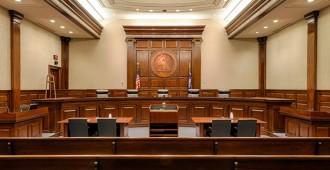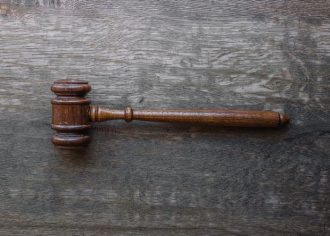
November 17, 2015
PTAB’s Ambiguous Language Is Basis For Federal Circuit Vacating PTAB’s Opinion
Yesterday, the Federal Circuit remanded a PTAB decision for just the second time. In Ariosa Diagnostics v. Verinata Health, Inc., the Federal Circuit vacated and remanded the Board’s decision upholding the validity of Verinata’s patent because the Board’s opinion was ambiguous as to whether or not it had appropriately considered a prior art brochure (identified as Exhibit 1010).
Ariosa submitted Exhibit 1010 with its Petition, and Exhibit 1010 was referenced in the declarations filed by Ariosa’s expert witnesses. However, Exhibit 1010 was not relied upon as invalidating art under §103. Rather, Ariosa and its experts referenced Exhibit 1010 in a general manner to illustrate the background knowledge that a person of ordinary skill in the art would have possessed at the time of the invention. Ariosa relied upon three other references to establish a prima facie case of obviousness.
In its reply brief, Ariosa submitted a second declaration of one of its experts that again referenced Exhibit 1010, but did so in a way that provided little, if any, additional explanation as to the role of Exhibit 1010 in Ariosa’s argument. The Board declined to consider Exhibit 1010 at all because “neither Petitioner nor Dr. Morton explains why Exhibit 1010 could not have been presented as part of the asserted ground of unpatentability in the first instance with the Petition.”
The Federal Circuit found the language of the Board’s opinion to be ambiguous as to whether the Board declined to consider Exhibit 1010 because (i) it had not been identified at the petition stage as one of the pieces of prior art defining a combination for obviousness as part of the asserted ground of unpatentability, or (ii) Ariosa had failed to adequately explain the relevance of Exhibit 1010. If the former, then the Board erred, because prior art submitted as part of the original petition can be used to demonstrate the knowledge of skilled artisans without being asserted as part of the §103 combination of art. If the latter, however, the Board would be justified in giving no weight to Exhibit 1010. Because the Federal Circuit was unable to determine the underlying reason for the Board giving no weight to Exhibit 1010, the Federal Circuit vacated and remanded the case.
Secondarily, Ariosa challenged the Board’s refusal to consider an embodiment that was disclosed in one of the prior art references that formed Ariosa’s ground for unpatentability, but was not relied upon until Ariosa filed its reply brief. The Board declined to consider the alternative embodiments because they had not been identified or discussed in the petition or supporting declarations. The Federal Circuit upheld the Board’s decision in this regard, citing the Board’s discretion to “exclude or give no weight to the evidence where a party has failed to state its relevance or to identify specific portions of the evidence that support the challenge.” 37 C.F.R. §42.104(b)(5).



































